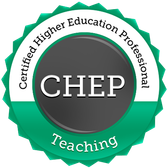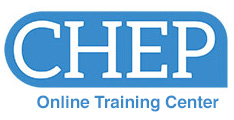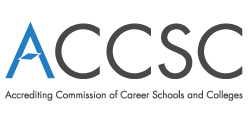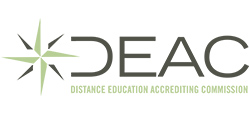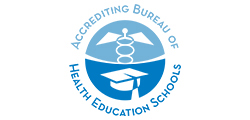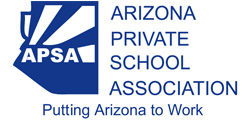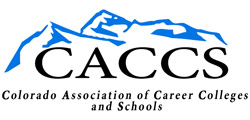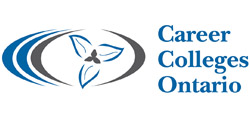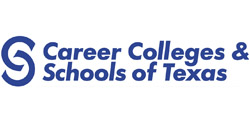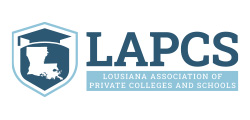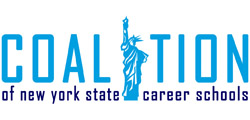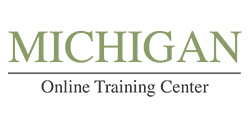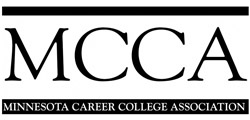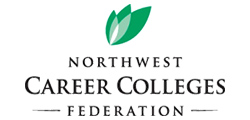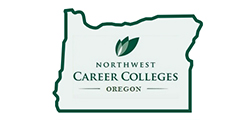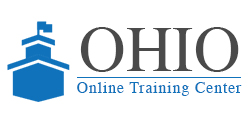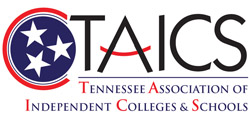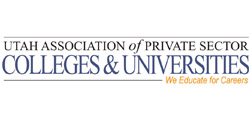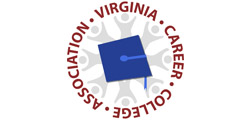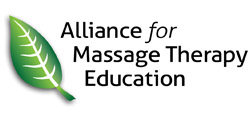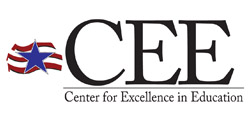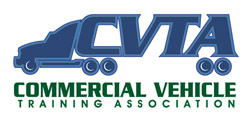Badge Evidence | Completed Courses (4 Hours Each)
EC115Integrating Career Readiness Into Your Courses: Part I
This course will provide an overview of career readiness including information and activities that may be incorporated into your courses. This course, which forms Part I of a two-part series, provides details about four specific career readiness skills: critical thinking/problem solving, verbal/written communications, teamwork/collaboration, and information technology applications. Additional thoughts and resources will also be provided to allow you to consider multiple ways to assist students in developing these skills in your courses.
EC116Integrating Career Readiness Into Your Courses: Part II
This course will provide a brief review of career readiness and provide additional skills to incorporate into your courses. This course is Part II of a two (2) part series of courses. Therefore, this course will provide details about four (4) additional specific career readiness skills. These skills include leadership, professionalism/work ethic, career management, and global/multicultural fluency. Further thoughts and resources will also be provided to allow instructors to consider additional ways to incorporate these skills into their courses.
EC140Introduction to Positive Psychology for Educators
Positive psychology is the science of human flourishing and is leveraged to cultivate well-being for students, teachers, and staff in schools around the world. You'll be introduced to the tools of positive psychology to help you and your students thrive in the classroom and in life. This course is designed to help you understand the science of well-being and how to employ it for yourself and in educational settings to support well-being and academic achievement. The modules cover positive psychology's origins, and the research and application of the PERMA model, Character Strengths, and positive education.
EC150Assessment Strategies for CTE Educators
During this course, participants will learn strategies for planning and implementing assessments in hands-on classes and career and technical education (CTE) learning environments. Effective design and implementation of assessments helps ensure that all students can grow and develop as learners' empowering them to build on their strengths. Perhaps even more important, good assessments help educators design their courses. In this course, educators will learn how to view assessments as formative representations of what students know at that moment, tools to help students understand how they learn and become expert learners, and essential instruments educators can use to actively assess their own approaches and instructional practices.
ED101Effective Teaching Strategies
This introductory course covers the essential roles of a teacher and the competencies required to be a successful instructor in an educational institution. Proven techniques and strategies for planning and preparation are presented and discussed. In addition, the course offers effective methods for conducting the first class meeting and delivering course content. This course provides a solid foundation for new instructors and serves as an excellent refresher for more experienced instructors.
ED104Class Management Strategies
This course provides methods and techniques for managing students and class activities. We start by reviewing the steps instructors need to follow as they introduce a class to new students. We then discuss strategies to effectively deal with unfocused and challenging students. The course ends by describing common mistakes made by instructors and ways to avoid them.
ED105Instructional Planning for Student Success
This course shows instructors how to develop a comprehensive approach to effective and efficient instruction. From preparation for the classroom to selection of instructional delivery methods, the course provides effective ways of planning instruction to help instructors keep the content focused and the students engaged. We also cover the steps to set up a complete evaluation system that will work in all settings.
ED106Enhancing Student Learning
This course provides methodologies and examples to help instructors increase content retention and application by students in need of support. The course starts by covering the skills needed by instructors to be clear communicators. We then discuss ways instructors can become effective in monitoring students and using student groups as learning tools. The course concludes by covering techniques and strategies to instruct diverse learners, including learners with disabilities.
ED108Learning Theory and Practice
This course covers the different ways individuals learn and apply new knowledge. We start by covering the steps the brain goes through as it processes new information, and how knowledge is stored and retrieved. We then discuss how intelligence is measured and how learners process information through the use of multiple intelligences. Moving from theory to practice, the course shows instructors how to use the learning needs of students to increase knowledge acquisition and retention. The course includes a number of easy to implement strategies to help students retain and use new content.
ED113Managing the Adult Classroom
This course compares and contrasts four styles of classroom management. The course includes "virtual visits" to animated classrooms where participants observe four instructors who exhibit different management styles. The style that is preferred by most students is identified and described, and suggestions are offered on how instructors can modify their personal style to increase their effectiveness. A four-step model for developing successful classroom management strategies is presented and is followed by a discussion of a practical, behavioral approach to classroom management. Characteristics that foster good discipline in the educational institution and in the classroom are listed and explained, and tips are offered that can improve both institution-wide and classroom discipline. Finally, a number of scenarios involving common discipline problems are described.
ED115RSoft Skills for Instructors
This survey course provides an introductory discussion about how good soft skills help instructors to be successful. A distinction is made between hard skills, soft skills, people skills, and workplace behaviors. Selected soft skills are listed for various categories of businesses and industries, including the teaching profession. Two studies are referenced that highlight skills that are frequently cited in the literature. One study was published in 1997, while the other was conducted specifically for this course in 2024. Selected tips are offered for improving one's soft skills. Numerous hyperlinks are included that direct the reader to a variety of online enrichment materials, including a few online instruments that help individuals learn more about their own soft skills.
ED116Critical Thinking Processes and Applications
The majority of careers require the ability to think critically and problem solve at one level or another. Employers seek individuals who can think independently, propose solutions, and solve problems. The content in this course provides the foundation for critical thinking and demonstrates how people with different interests, abilities, and aptitudes approach problem solving. The course covers the different kinds of intelligence and how they impact critical thinking, for a broader understanding of how people process solutions to problems. It concludes with step-by-step instructions for helping students develop and refine their own critical thinking skills.
EL101Designing and Developing Online Courses
This introductory course will provide you with the knowledge and skills to create successful online courses, whether for faculty-supported distance education delivery or as a supplement to classroom instruction. You will learn to design and develop online courses that have structural integrity and navigational simplicity with a focus on student-centered learning and intellectual interaction. The course covers various learning activities that are supported in an e-learning environment and describes the typical components of an online course. We will provide you with the media strategies and course design methodologies that will allow you to develop online courses in an effective and efficient manner.
